Embark on a journey to cultivate your own Mango Tree, regardless of your location. This comprehensive guide unravels the mysteries of growing mangoes, providing insights into fruiting seasons, climate requirements, and expert tips for a bountiful harvest worldwide.
The Mango, often hailed as the “king of fruits,” is a beloved and coveted delight across the globe. Its luscious flesh, tropical aroma, and vibrant hues have captured the hearts and palates of countless individuals. Whether you reside in a tropical paradise or a temperate region, the dream of growing your own mango tree is within reach. This guide will equip you with the knowledge and strategies to successfully cultivate and enjoy the sweet rewards of this exotic fruit, no matter where you call home.
Here’s the information for the Mango tree:
| Aspect | Information |
|---|---|
| Botanical Name | Mangifera indica |
| Plant Type | Perennial, Fruit Tree |
| Zones | 10-11 (can be grown in containers in cooler zones) |
| Exposure | Full Sun |
| Bloom Time | Winter to Spring (varies by region) |
| Height/Spread | Typically 30-100 feet tall, spreading 30-50 feet wide |
Understanding Mango Tree Requirements
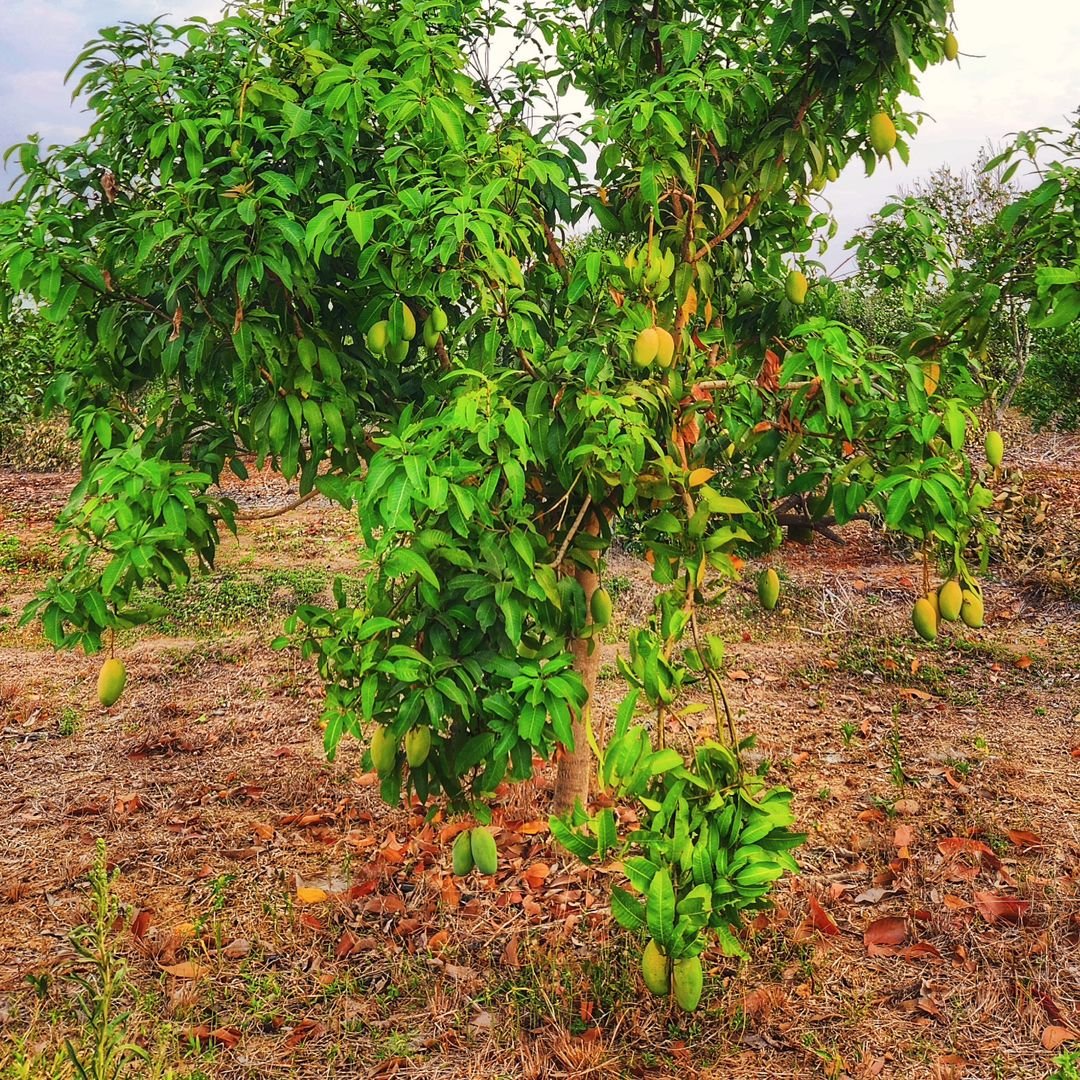
Before embarking on your mango-growing adventure, it’s essential to understand the specific needs of this tropical gem. Mango trees thrive in warm, humid environments with ample sunlight and well-draining soil. They require a consistent temperature range of 20°C to 35°C (68°F to 95°F) and cannot tolerate frost or freezing conditions. Additionally, mango trees demand a dry season to initiate flowering and fruiting, as well as a rainy period for vegetative growth.
Choosing the Right Variety
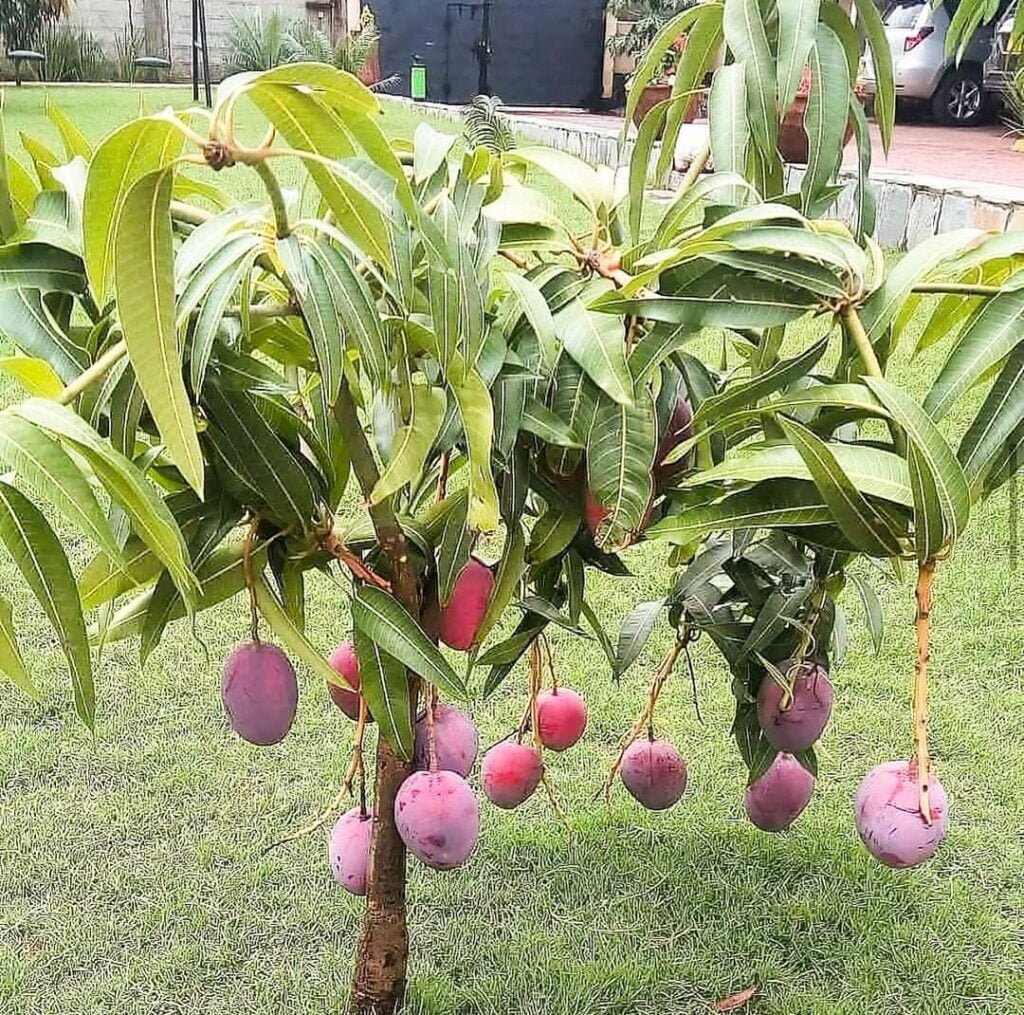
With countless mango varieties available, selecting the most suitable one for your climate and growing conditions is crucial. Popular choices include the ‘Tommy Atkins,’ known for its adaptability and fiery red blush, the ‘Kensington Pride,’ prized for its sweet, golden flesh, and the ‘Keitt,’ renowned for its exceptional shelf life. Consider factors such as fruit size, flavor profile, and disease resistance when making your selection.
Planting and Site Selection

Mango trees require ample space to reach their full potential, with a mature tree spanning up to 30 feet in height and width. When planting, choose a location that receives at least six hours of direct sunlight per day and offers protection from strong winds. Amend the soil with compost or well-rotted manure to improve drainage and fertility. Ensure adequate spacing between trees, typically 25 to 30 feet apart, to allow for proper air circulation and prevent competition for resources.
Watering and Mulching
Proper watering is critical for the health and productivity of your mango tree. During the establishment phase, water deeply and consistently, keeping the soil moist but not waterlogged. Once established, mango trees are relatively drought-tolerant, but still require regular watering during dry periods. Applying a thick layer of organic mulch around the base of the tree can help retain moisture and suppress weed growth.
Fertilizing for Optimal Fruit Production
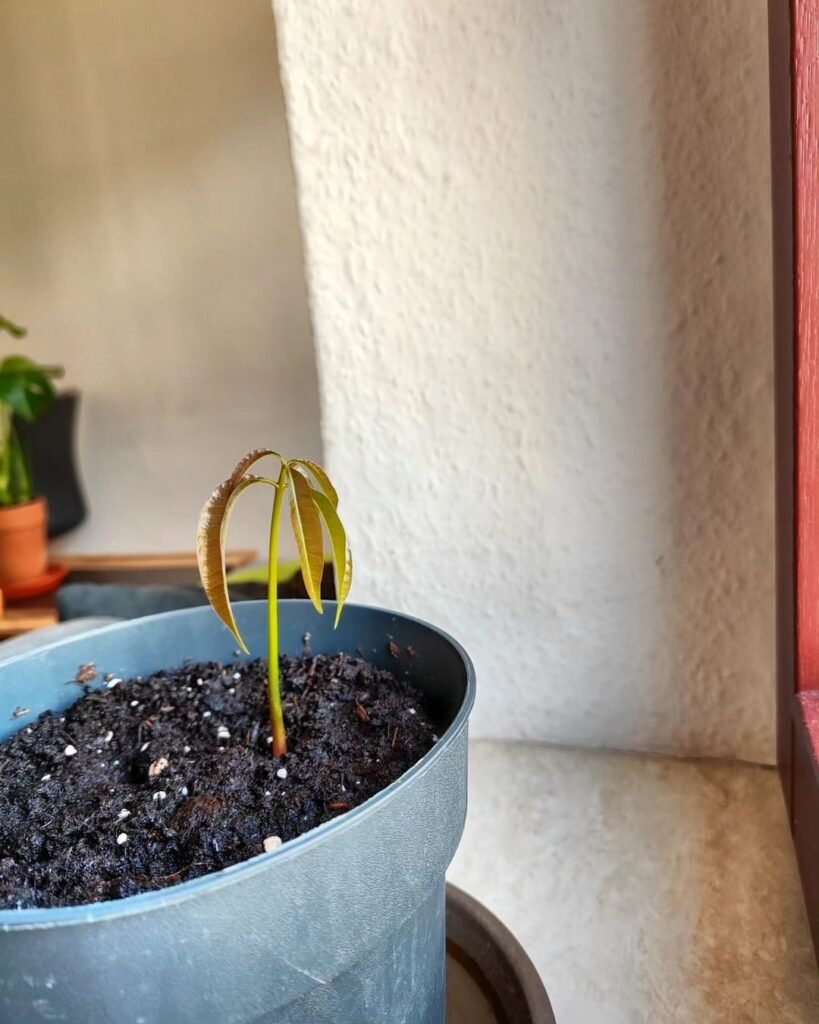
Mango trees are heavy feeders and require regular fertilization to support vigorous growth and abundant fruit production. Use a balanced fertilizer formulated for fruit trees, following the recommended application rates and timing. Alternatively, you can incorporate well-rotted manure or compost into the soil annually to provide essential nutrients.
Pruning and Training

Proper pruning is essential for maintaining the shape, size, and productivity of your mango tree. Remove any dead, diseased, or overcrowded branches to improve air circulation and light penetration. Prune annually after harvest to encourage new growth and promote fruiting for the following season. Additionally, consider training young trees to develop a strong central leader and balanced branch structure.
Pest and Disease Management
Like any fruit tree, mango trees can be susceptible to various pests and diseases. Common issues include mango seed weevils, mango fruit flies, and fungal infections like anthracnose and powdery mildew. Implement an integrated pest management approach, combining cultural practices, biological controls, and targeted chemical treatments when necessary. Regular monitoring and prompt action are key to maintaining a healthy and productive mango tree.
Mango Fruiting Seasons Worldwide
The fruiting season for mango trees can vary significantly based on geographical location and climatic conditions. Here’s a general overview of when mango trees fruit in different regions:
- Tropical Regions (e.g., South Asia, Southeast Asia, Central America): Typically fruit from March to July, with some variations depending on local conditions.
- Subtropical Regions (e.g., Southern United States, Mediterranean regions): Fruit from late spring to early fall, often peaking in summer months.
- Temperate Regions (e.g., Northern United States, Europe): In warm climates, mango trees may fruit from late summer to early fall, while in cooler areas, fruiting may occur in late fall or early winter with the aid of greenhouses or indoor growing techniques.
It’s important to note that mango trees require a specific number of chilling hours (cool temperatures) to initiate flowering and fruiting properly. Growers in temperate regions may need to employ techniques like indoor cultivation or controlled environments to simulate these conditions.
Growing Mangoes in Containers
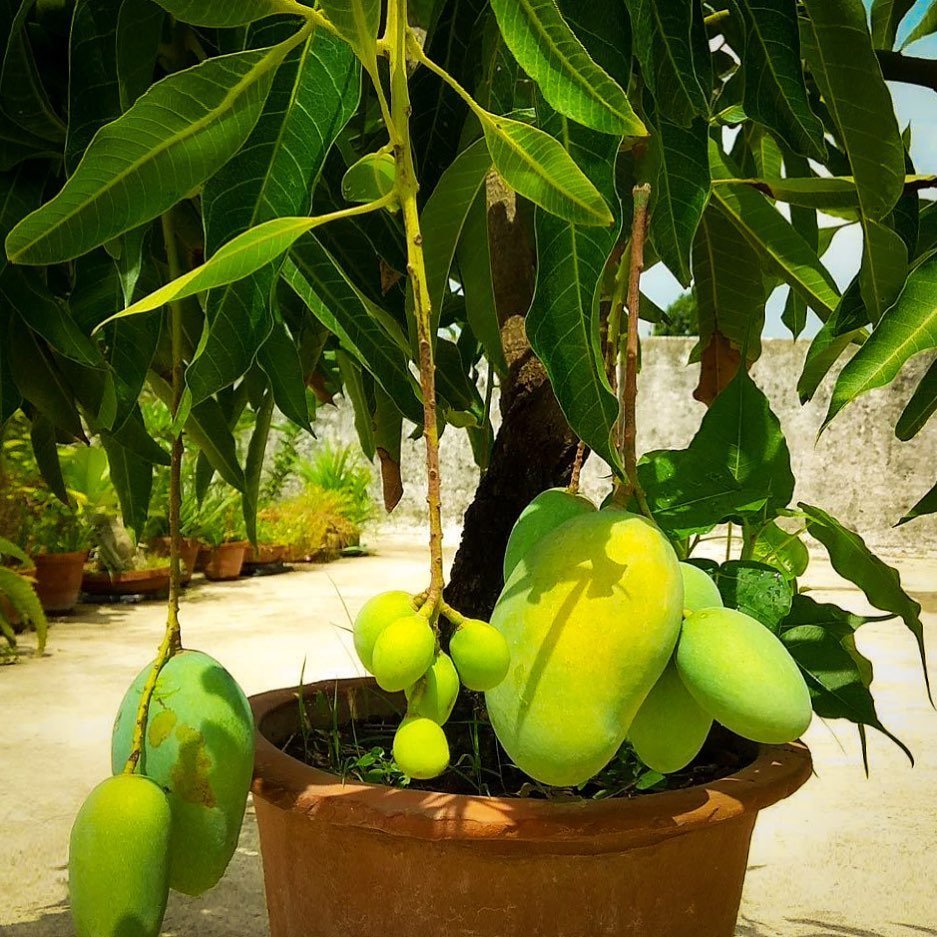
For those with limited space or living in cooler climates, growing mango trees in containers can be a viable option. Choose a large, well-draining container and use a high-quality potting mix designed for fruit trees. Ensure the container receives ample sunlight and maintain consistent watering and fertilization practices. During winter months, move the container indoors or provide appropriate protection from frost and freezing temperatures.
Enjoying the Sweet Rewards
With patience, dedication, and the right techniques, the joy of harvesting your own mangoes can be a reality, no matter where you reside. Savor the juicy, tropical flavors straight from your backyard or indoor oasis, and revel in the sense of accomplishment that comes with cultivating this exotic fruit. Share your bountiful harvest with friends and family, or explore the endless culinary possibilities that mangoes offer, from refreshing smoothies to tantalizing chutneys and desserts.
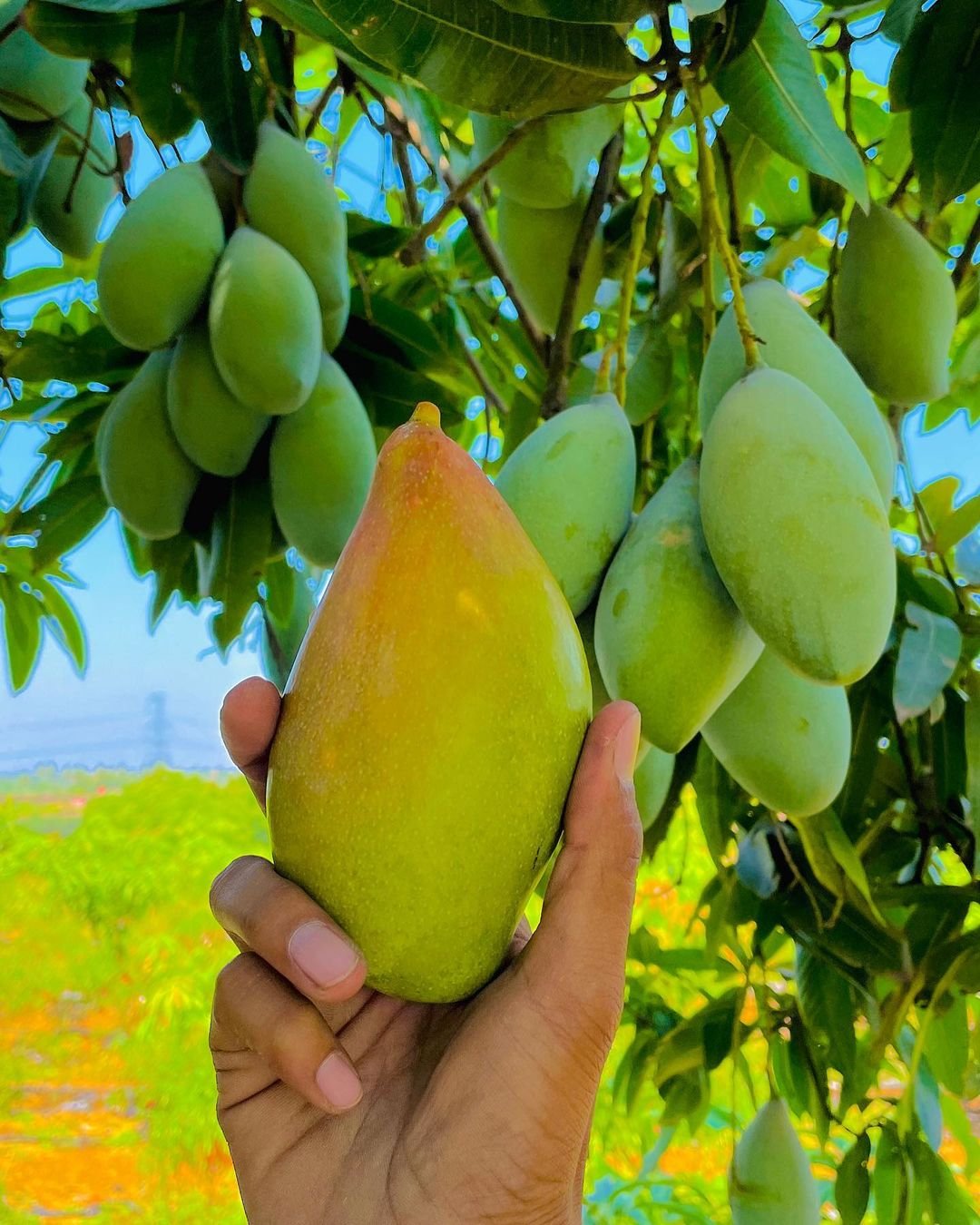
Growing a mango tree is not only a rewarding gardening endeavor but also a celebration of nature’s diversity and the ability to connect with the rich tapestry of flavors from around the globe. Embrace the journey, and let the sweet scent of ripening mangoes guide you towards a fruitful and fulfilling gardening experience.
Pingback: The Ultimate Guide to Chicken Manure Pellets: Benefits, Application and Best Practices
Pingback: Beauty of Sambucus: Expert Tips for Thriving Elder Plants
Pingback: Amazing Trees that start with ‘M’ - Gardener's School
Pingback: Fruits That Start with M : A Complete List - USA Garden Web